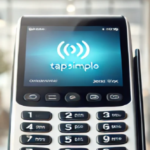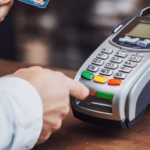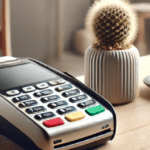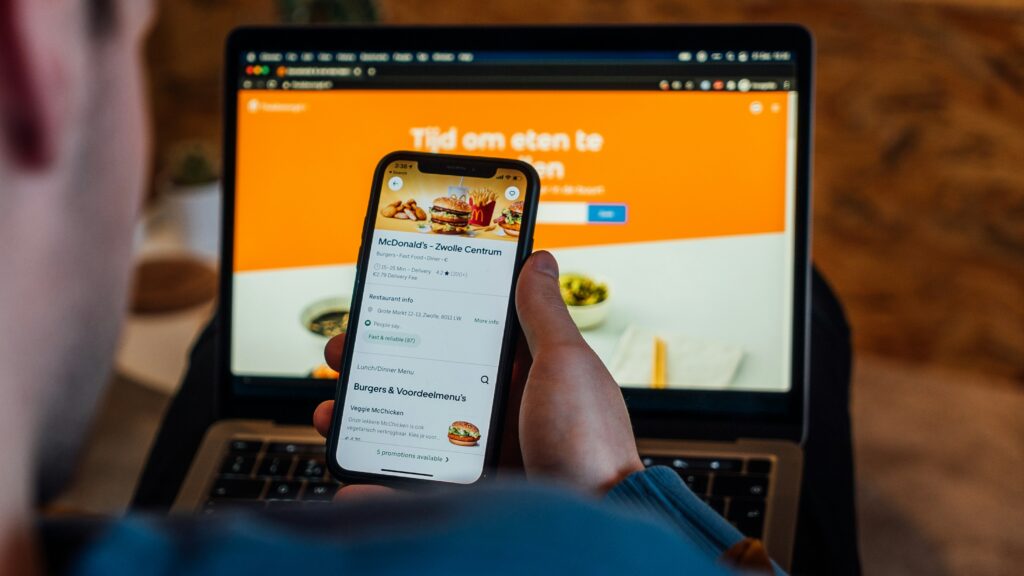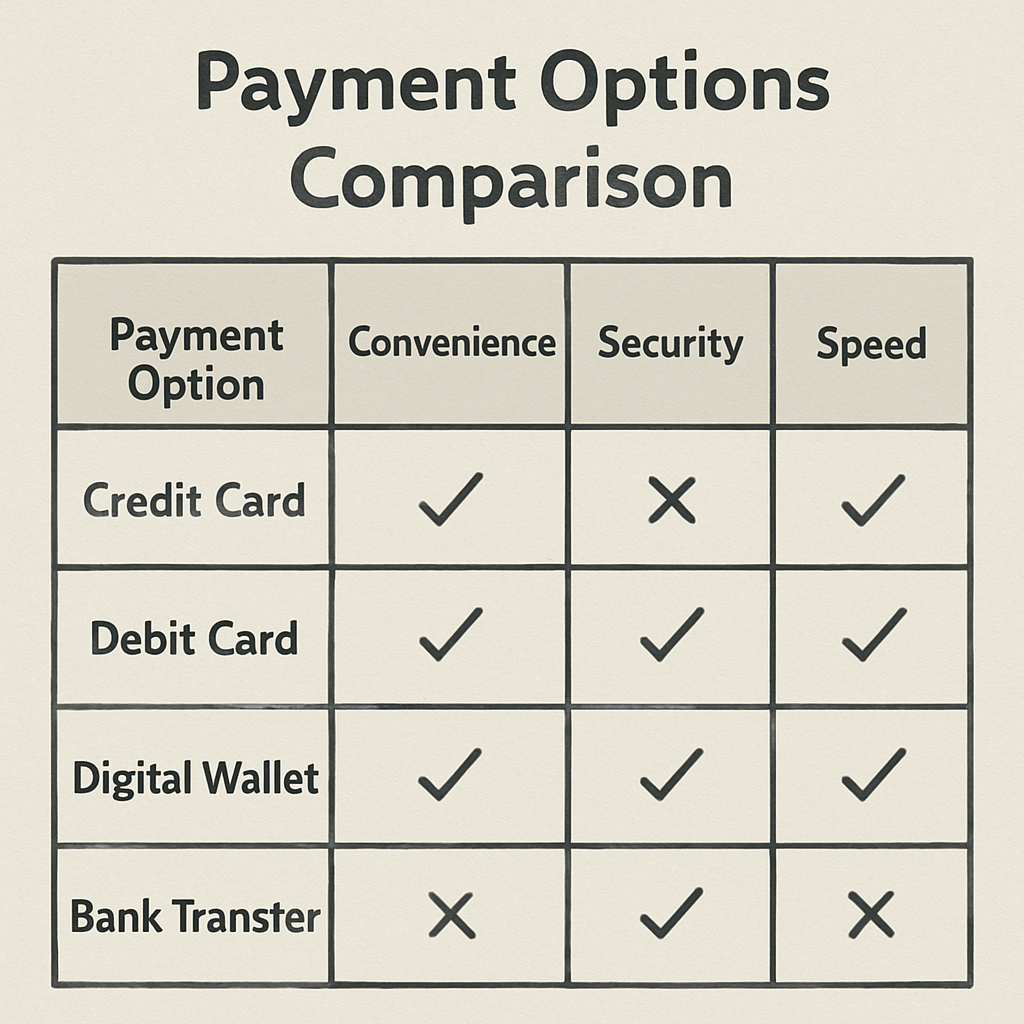Why a Website for Your Food Business Is the Key to More Customers
In today’s digital age, having a website is crucial for any food business. A well-designed restaurant website can attract more customers and boost your brand.
It serves as a virtual storefront, showcasing your menu and ambiance. Potential diners often search online before choosing where to eat.
A good restaurant website design can set you apart from competitors. It provides essential information and creates a lasting first impression.
Moreover, a website allows for online reservations and orders, enhancing customer convenience. This can lead to increased sales and customer loyalty.
Investing in a professional website is a smart move for any restaurant owner.
The Importance of Restaurant Website Design Today
In the competitive food industry, standing out is vital. A stunning restaurant website design does just that. It captures attention and communicates quality to potential patrons.
A strong online presence is essential to meet modern consumer expectations. People increasingly rely on the internet to explore dining options. A website provides a 24/7 open door to your restaurant.
Consider how a thoughtful design can impact user experience. Easy navigation and quick load times keep visitors engaged. Visual appeal also plays a significant role in holding their attention.
Here’s why design matters:
- Enhances brand image and professionalism
- Facilitates customer engagement and interaction
- Improves visibility in search engines
A restaurant’s website extends beyond mere aesthetics. It reflects your brand’s values and offerings. Investing in a well-crafted site today promises great returns for food businesses in the future.
What Makes a Good Restaurant Website?
Creating a good restaurant website involves a blend of aesthetics and functionality. The design should mirror your brand’s personality. This helps to build a connection with visitors.
Key elements are crucial for an effective design. These elements help create a seamless experience, which keeps users engaged. They also encourage potential customers to choose your establishment over competitors.
Consider incorporating these features into your design:
- Visually appealing layout and imagery
- Clear navigation with easy-to-find information
- Detailed contact and location information
- Optimized for both desktop and mobile devices
Visuals and content must work together harmoniously. An aesthetically pleasing site catches the eye, while clear and concise content educates visitors. Together, they provide a user experience that turns browsers into diners.
Finally, consistency across all digital platforms is vital. This ensures a uniform brand message, reinforcing your restaurant’s identity. Investing in great design yields loyal customers and business growth.
Essential Features Every Restaurant Website Needs
A successful restaurant website showcases essential features that enhance user interaction. These features are critical in guiding potential customers through their digital dining journey.
First, a responsive design is indispensable. A site that adapts to various devices ensures visitors have a seamless experience. This is crucial for engaging the growing number of mobile users.
A clear call-to-action (CTA) is another key feature. CTAs like “Book a Table” or “Order Now” direct users towards making a reservation or ordering. They are essential in converting visitors into paying customers.
Consider including these important elements:
- Online reservation system
- High-quality images of food and ambiance
- Interactive map for easy location access
- Social media integration for engagement
- Customer reviews and testimonials for credibility
Furthermore, a well-organized menu page can entice diners. An engaging description of dishes, alongside prices, aids customer decision-making. Attractive visuals of your culinary creations can also whet appetites.
Lastly, ease of navigation is paramount. A straightforward layout ensures users find what they need quickly. Intuitive site architecture keeps visitors returning, turning curiosity into loyalty.
Showcasing Your Menu Online: Best Practices
A well-presented menu is vital for grabbing attention online. It’s often the first point of interaction with potential diners.
High-quality images are crucial. They give a visual taste of your dishes and intrigue visitors to try them in person. Consider hiring a professional photographer for enticing shots.
Descriptive text adds flavor to your online menu. Paint a picture with words that showcase the quality of ingredients and preparation details. This forms a connection and builds anticipation.
Include these menu-enhancing elements:
- Engaging descriptions of dishes
- Highlight specials or seasonal items
- Easy-to-read prices and portion options

Additionally, ensure easy navigation. Use tabs or sections for appetizers, mains, and desserts. This layout simplifies the browsing experience and helps customers find their preferred dishes effortlessly.
Mobile-Friendly Design: Why It Matters
In today’s digital age, many users browse websites on their phones. Ensuring a mobile-friendly design is crucial for engaging these users. Without it, potential customers might quickly leave.
A responsive design adjusts seamlessly to various screen sizes, improving usability. This flexibility allows diners to browse menus and make reservations easily, no matter their device.
Here are key mobile-friendly design features:
- Fast load times
- Easy navigation
- Readable text size

Prioritizing mobile accessibility also boosts your search engine ranking. Search engines favor websites that are mobile-optimized, helping your restaurant get noticed by more local diners.
Online Ordering and Reservations: Boosting Sales
Integrating online ordering can significantly increase your restaurant’s sales. Customers enjoy the convenience of ordering from their phones or computers. By offering this option, you meet their expectations and capture more sales opportunities.
A reservation system on your website also adds value. This feature allows diners to secure their spot without making a call. It streamlines the process, making it easy and efficient for both customers and staff.
Key benefits of these features include:
- Increased convenience for customers
- Streamlined operations
- Enhanced customer satisfaction
By providing both online ordering and reservation options, you position your restaurant as modern and customer-centric. These tools help you engage with more diners, ultimately boosting your bottom line. The future of restaurant sales lies in leveraging technology to enhance the customer experience.
Integrating Social Media and Customer Reviews
Social media is a vital part of marketing for restaurants today. By integrating social platforms into your site, you can boost engagement. Linking your profiles encourages visitors to connect with you on multiple channels.
Customer reviews are also crucial for building trust. Positive feedback from patrons can attract new customers. Displaying reviews prominently can enhance your credibility and reputation.
Consider these tips for integration:
- Embed live social media feeds
- Highlight customer testimonials
- Encourage sharing through social buttons

By effectively combining social media and reviews, your website becomes more dynamic. This approach fosters community, drives interactions, and can lead to more business. Engaged diners are likely to share their experiences, further spreading the word about your establishment.
Inspiring Examples: Coolest Restaurant Websites
Exploring top restaurant sites can offer valuable inspiration. Many websites showcase creativity, functionality, and style, setting standards for digital presence. By examining successful sites, you can discover elements to implement in your own design.
One trend among cool restaurant websites is a strong visual appeal. Sites with stunning food photography and vibrant color schemes capture attention immediately. Visuals play a vital role in conveying the restaurant’s ambiance and cuisine.
Efficient navigation is another hallmark of good restaurant website design. Visitors appreciate easy-to-use menus and quick access to key information. This enhances user experience and encourages exploration.
Here are some features from the coolest restaurant websites:
- Interactive menus with images
- Virtual tours of the venue
- Online reservation and ordering options


By analyzing these inspiring designs, you can identify best practices and unique ideas. Implementing creative approaches in your site can lead to increased customer engagement and a stronger brand presence. Stay current with trends to ensure your website remains competitive and appealing.
Choosing the Right Restaurant Website Builder or Creator
Selecting the right website builder is crucial for creating an effective restaurant site. With many tools available, choose one that fits your needs. Consider factors like ease of use, customization options, and cost-effectiveness.
A restaurant website creator should offer templates that suit the style of your business. Look for builders providing features tailored to restaurants, such as reservation systems and menu integration. This can simplify the design process and ensure important functionalities are included.
When evaluating options, consider the following features:
- User-friendly interface
- Responsive design capabilities
- Built-in SEO tools
- E-commerce functionalities

Invest time in selecting a builder that fits your vision and technical skill level. A well-chosen tool can streamline the design process, making it easier to establish a strong online presence.
Restaurant Website Hosting and Maintenance Tips
Choosing reliable hosting is vital for your restaurant website’s performance. Strong hosting ensures your site loads quickly and stays online without issues. Research different hosting providers, focusing on speed, security, and uptime guarantees.
Regular maintenance is equally important to keep your site running smoothly. Schedule routine checks to update content and software. Keeping your site updated protects it from security vulnerabilities.
Here are some tips for effective maintenance:
- Backup your site regularly
- Monitor site performance
- Update plugins and themes
- Check for broken links regularly
By investing in good hosting and consistent maintenance, your restaurant website can effectively serve its customers and grow.
How to Get Started: Steps for Restaurant Website Creation
Starting a restaurant website involves some critical steps. First, plan the design and functionality you want. Understand your needs to select the right tools and features.
Here’s how to kick off your website project:
- Define your brand’s style and colors
- Choose a user-friendly website builder
- Draft a sitemap and website structure
By following these steps, you lay a strong foundation for an effective site that draws customers and meets their needs.
Conclusion: Turning Your Website Into a Customer Magnet
Crafting the perfect restaurant website can transform your business. A well-designed site attracts visitors and keeps them coming back.
A dynamic website is more than a digital menu. It becomes a powerful marketing tool, engaging customers and showcasing your unique offerings. Stay ahead by continuously updating your content and refining your features to ensure your site remains a vital part of your business strategy.
Greg Tanacea, MBA, PMP, is a U.S. Navy Submarine Force veteran and founder of TapSimple, helping restaurants adopt digital tools, QR menus, and custom payment services to grow revenue.

